Volt MX was introduced at HCL’s Digital Week 2020 as the next step in low code development platforms.
Volt MX’s journey started when Temenos and HCL Software signed an agreement to market Temenos’ multi-experience Development Platform for non-banking services. This agreement means an exclusive 7-year license agreement to develop, market and support Temenos MXDP for non-banking services. It also includes the next two-years of planned product updates including major releases, fix packs and bug releases. HCL Software was also granted the right to improve and develop new capabilities for non-banking customers.
Here is an overview of what Volt MX is trying to offer:
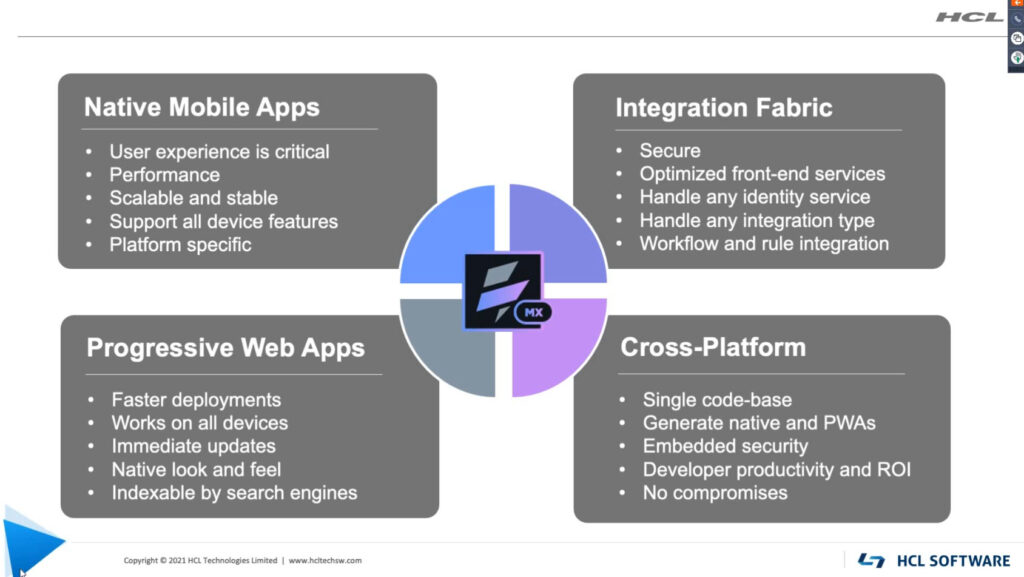
Platform overview
- Iris: App Development. Multi-channel app design and rapid development with cloud collaboration and enterprise-grade cross platform support with low code.
- Foundry: Middleware Services. Open standards-based development with enterprise-grade backend services. Gain greater agility, visibility and control of your enterprise apps.
An overview of what Iris is:
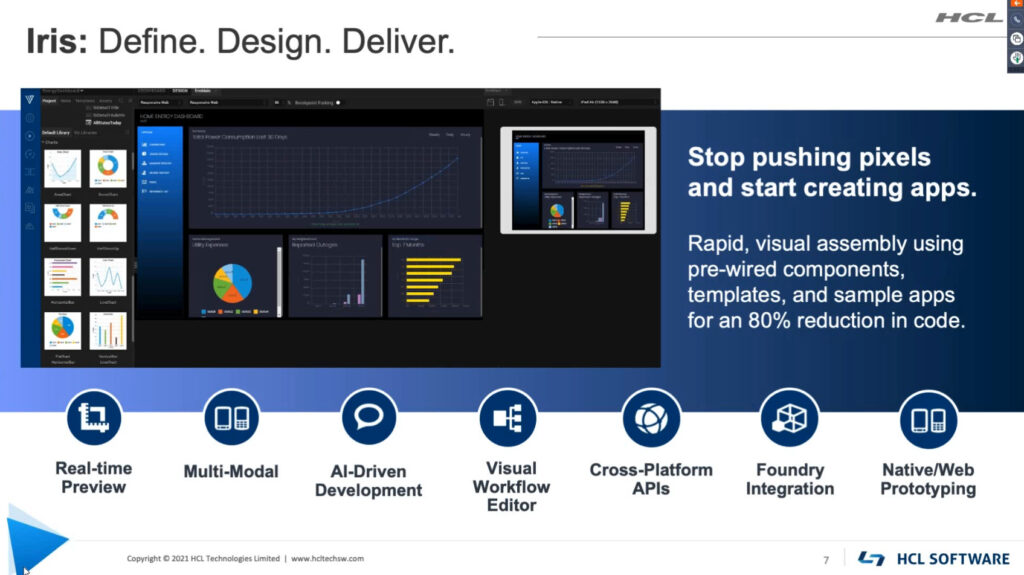
Iris basically offers you a frontend IDE, a very visual, design canvas to assist you while creating apps with ease and faster. One other great feature is the option of reusing components which will help you optimize your work. You also have a real-time preview capability making demos to stakeholders all that much easier.
Within the IDE there is AI implemented to help developers with their mundane tasks. The cross-platform API capability also means that you write once and deploy anywhere is needed.
Foundry: an overview
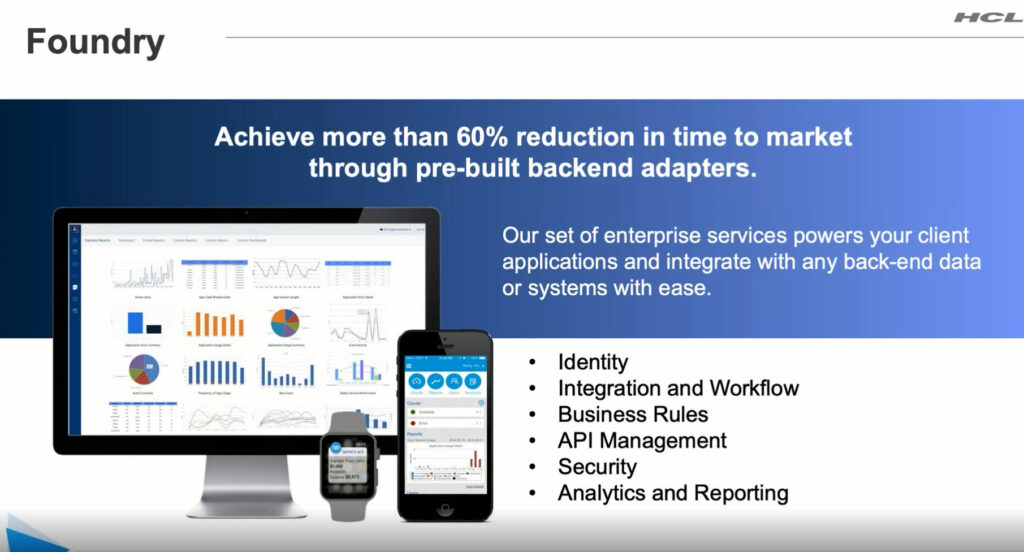
Foundry is a middleware with a very robust set of capabilities which makes it easy for developers to address things like Identity and Security. It offers out-of-the-box deep API management capability, so some customers have avoided buying an API management platform.
One other great plus is Analytics and Reporting where you can see who is using the apps and how so you can identify improvement points easier.
Version 9 of Volt has been around for a couple of months, but let’s check the new features that were introduced by it and V9 SP1:
- New Actions added to Action Editor
- Data and Service Panel Enhancements
- Test Framework and Automation included within Iris
- Rapid app generation
- New widgets
- Better Fix Pack management
- Component Versioning and I18 Support
- New Foundry Services: Workflow and Business Rules
- Visual client design tools: Storyboard and Action Editor Diagram View
A complete list can be found here.
Process Automation
We all know that technology is a key enabler of process automation. One thing that you must pay attention to is that you analyze, document and re-engineered a process before you automate it.
Fun fact: a recent Forrester survey revealed that 76% of customers are still using paper or manual processes while 94% are using spreadsheets and email.
Why is it important to automate and digitize your processes?
- It improves efficiencies and reduces costs.
- It reduces errors
- It offers support for remote work and business continuity
- It improves the customer and employee experience.
Volt MX: Process Automation
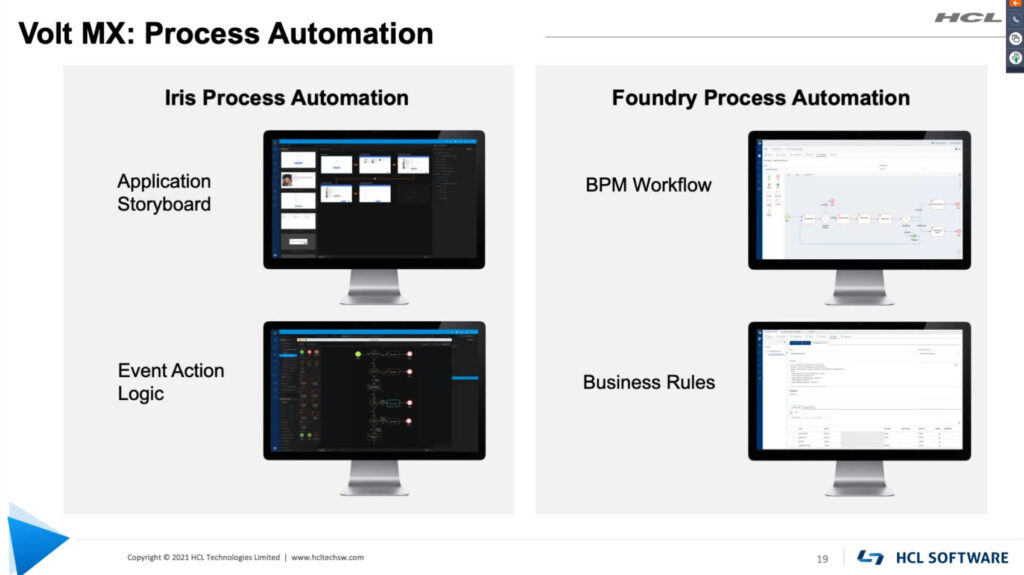
The goal for automation was also being able to gear the low code to the professional developers. Part of that however is being able to sit down and talk to the analyst and show them the flow and help them understand if they don’t know JavaScript; part of that is the Application Storyboard which helps:
- Build screen dynamically or from components
- Generate form data from services
- Organize application flow
- Manage navigation logic
- Omni-channel support.
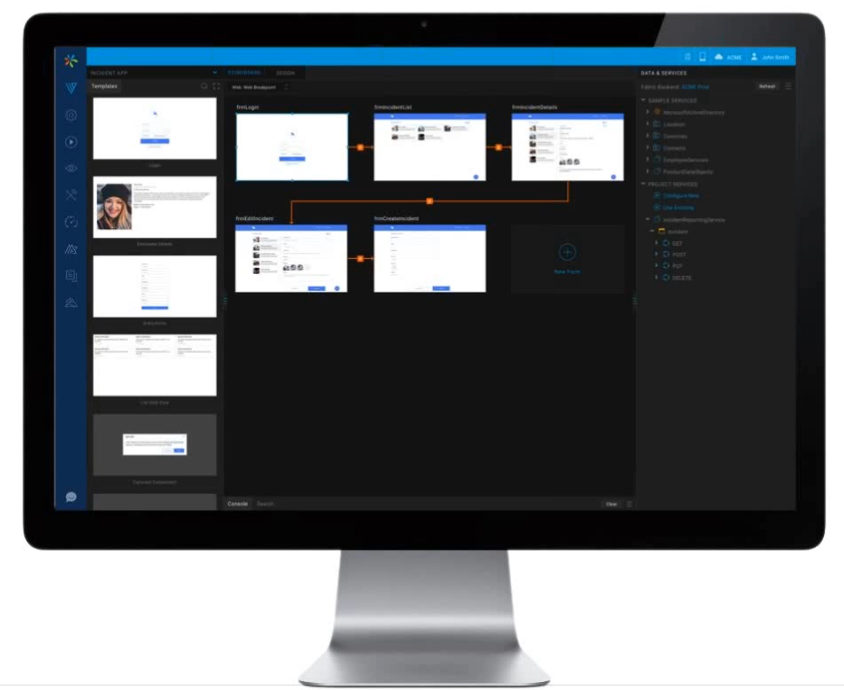
The other part inside of Iris is your Event Action Logic which allows you to:
- Launch from Storyboard or event actions
- Event driven design
- Drag-and-drop actions
- Visual rules editor
- Invoke services and logic
- View event logic as a flow diagram, design view, or generated code.
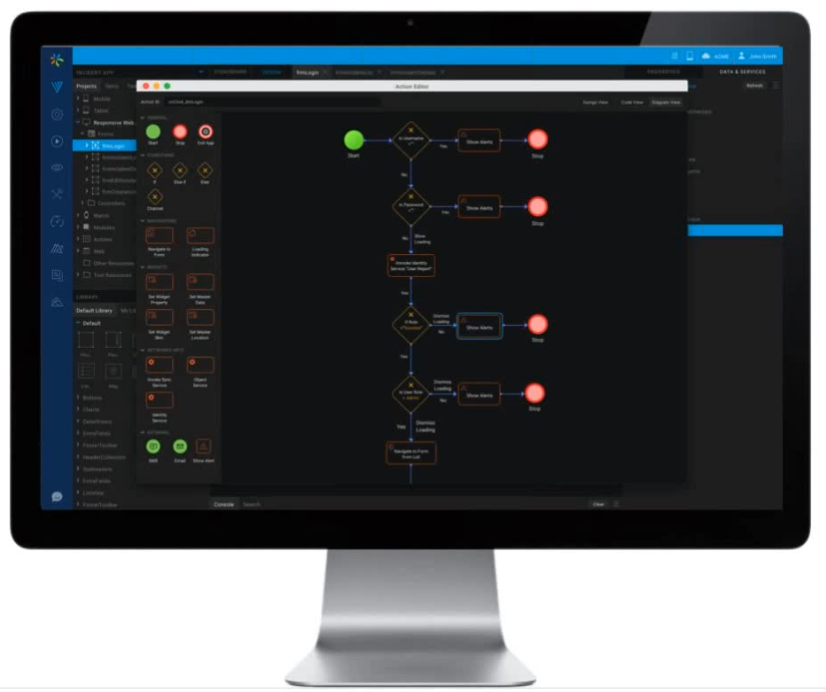
Foundry: Workflow and Object Services
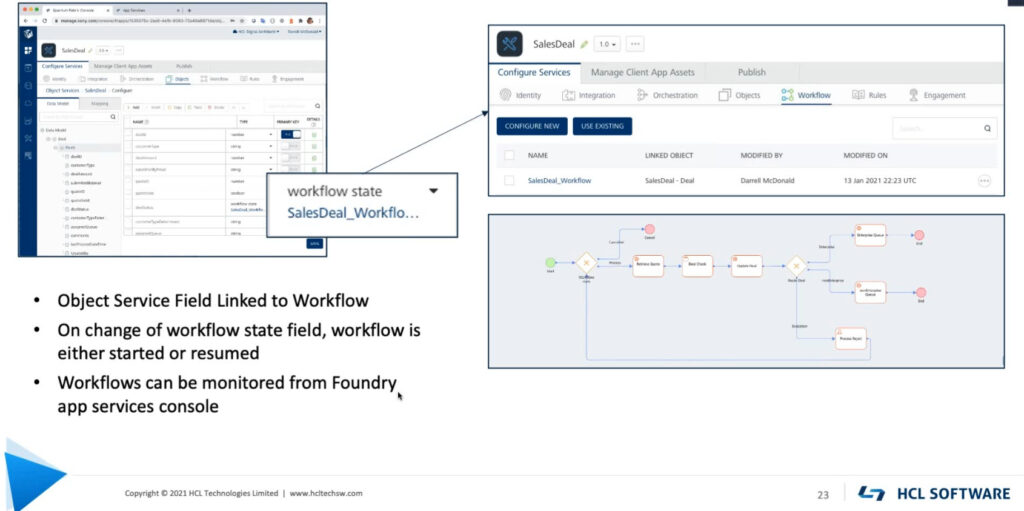
Foundry: Business Rules
- Volt MX Foundry service for configuring Business Rules written in MVEL
- Rules can be invoked as a service from the client
- Server-side workflow integrates with Rules from conditional logic
- Rule logic is configurable at runtime from business user applications.
A lot of great demos which enables you to see Volt MX in actions can be viewed in the replay.
What is next?
Quantum V9 Service Pack 2 provides additional functionality in:
- Component Enhancements
- Improved Performance and Productivity
- Native and Web Frameworks Enhancements
- Enterprise DevOps and Automated Testing
- Orchestration / Workflow Enhancements
- Updates to Identify and Fabric Backend Services
This spring also comes with an HCL Volt MX branded release that will contain everything that you are accustomed to and everything in the product with a little bit different look and feel.
If you are curious and want to take Volt MX for a spin you can contact HCL for a free trial.
